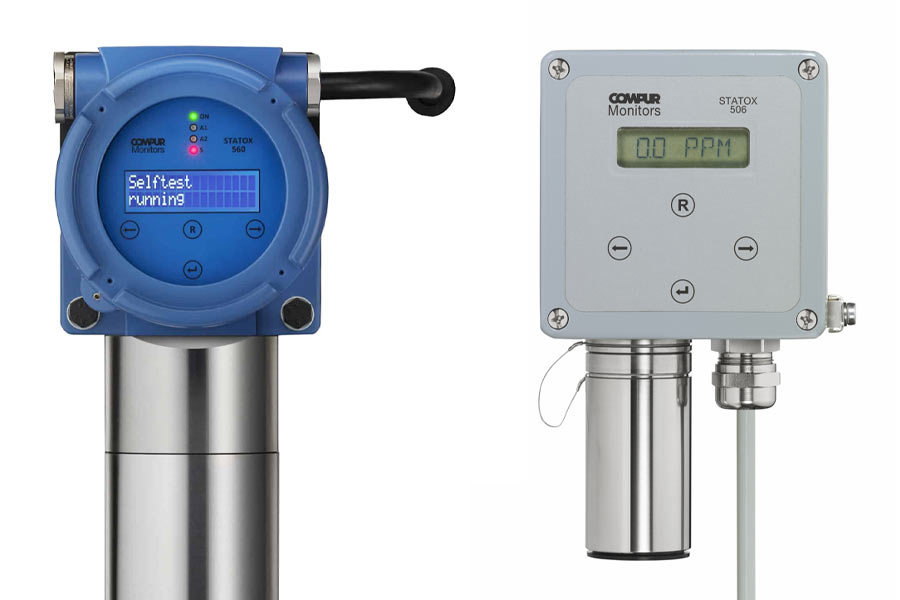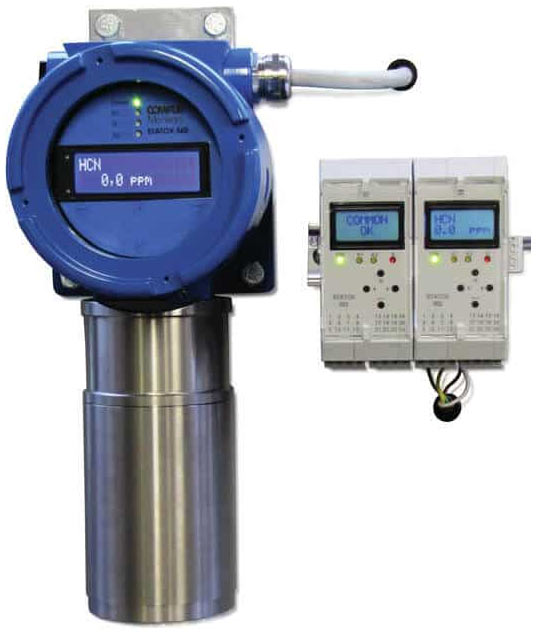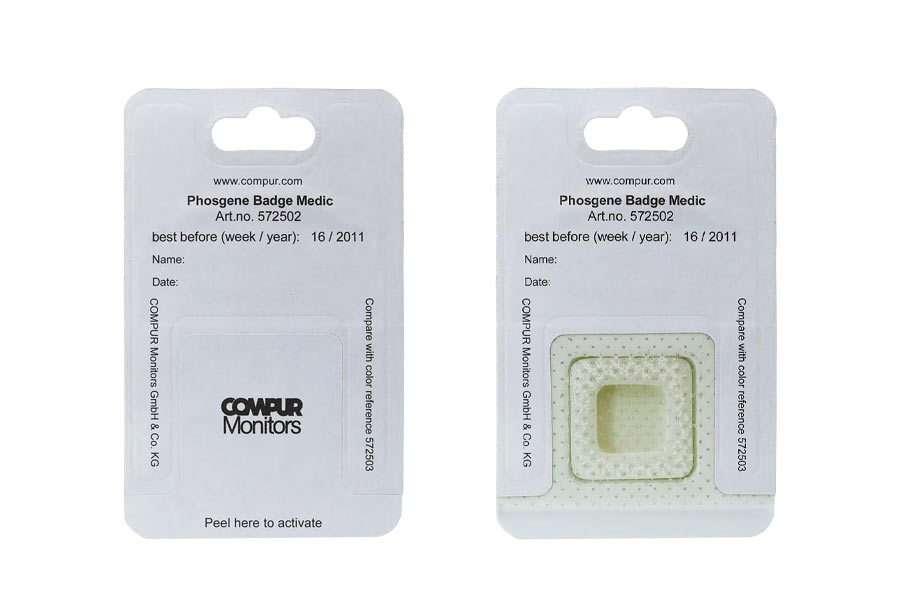Gas warning devices and gas detectors protect against the invisible danger!
Our focus is on your safety
Nothing is more important to us than your security. As a medium-sized company, we are particularly close to our customers. After all, our credo is: gas detection technology for your safety.
With this in mind, our entire team stands for first-class advice, first-class products and first-class service.
Since its foundation by Friedrich Deckel in 1898, Compur Monitors has successfully established itself on the international market as a developer and manufacturer of gas measuring devices, gas warning devices and gas detectors.
Why COMPUR
The right gas detector for every requirement
We are manufacturer of high – end gas detectors for field installation with safety level SIL 2 for any application. Highly sensitive sensors ensure that any exceeding of the alarm setpoint value will be registered and signalled immediately. The Statox 560, for example, has nearly no cross-sensitivities to other gases. Depending on which gas shall be detected and w hazardous location has to be monitored, a very specific gas detector is sneeded. Portable multiple gas detectors complete the product range. Our specialists will be happy to assist you with your selection.
COMPUR News
New at Compur: The Statox MUX – Simple Two-Wire Connectivity
The new Statox MUX makes integrating the trusted Statox 560 into your control system easier…
New Statox 506 product family
The new Statox 506 product family combines all the advantages of a modern gas detection…
New market developments
Hydrogen is now on everyone’s lips as an energy source which is environment friendly. But…
Compur gas detectors with self test
Functional safety ratings can give you a very good idea about the probability of a gas detector failure while gas is present. But this statistics only tells you about the probability of a failure. It cannot assure this failure will not happen right in the next second.
Functionality is a useful tool, but it does not provide 100 % safety
The only way to ensure that your gas detector operates properly is a test with the target gas. This is what the Statox 560 does on a 24 h interval. And this without storing toxic gas inside! The test gas will be generated only when it is needed by the patented electrochemical gas generator. The amount of gas generated is enough to trigger the sensor, but so low that in an inch distance the concentration is below the detecable limit, i. e. no danger to health and environment.
Our gas warning devices and gas detectors are suitable for a wide range of applications
Typical areas of application include the chemical, pharmaceutical and food industries, refineries, sewage and water treatment plants, greenhouses, airports, multi-storey car parks, petrol stations, shopping centers, hospitals, machine rooms and technical function rooms in office buildings. Our gas detectors provide very accurate measurement in the LEL, ppb and ppm range for toxic, flammable and explosive gases, refrigerants and volatile organic compounds (VOCs).
When it comes to sensor technology, we can offer catalytic sensors for combustible gases, electrochemical sensors for toxic gases, infrared sensors with high measurement accuracy and photoionisation detectors, such as PID sensors for VOCs.

Dr. Josef von Stackelberg
Managing Director COMPUR MONITORS GmbH & Co. KG
Contact us without obligation
Do you have any questions about our products or would you like a non-binding consultation? We look forward to hearing from you.



